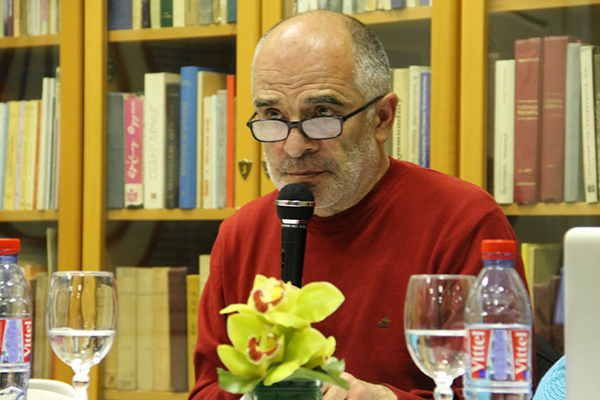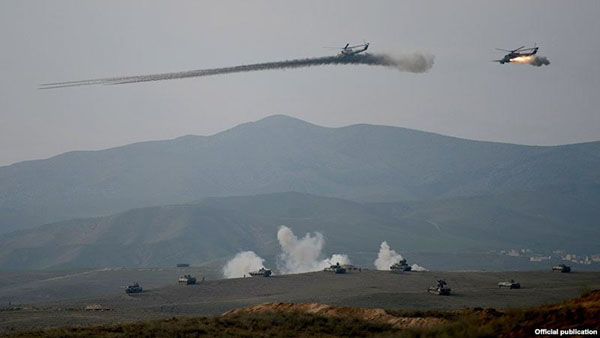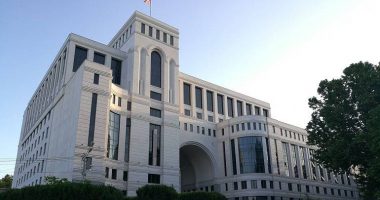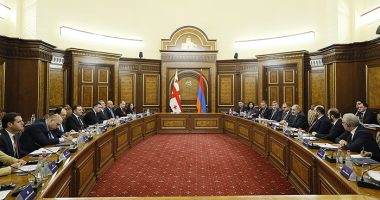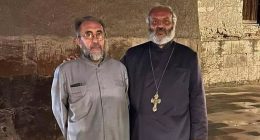By Hambersom Aghbashian
Sait Çetinoglu is a Turkish scholar. His interests include The Young Turks, The Committee of Union and Progress (CUP) and Kemalism. He has published many original articles based on research of the National Archives in Turkey.(1)
According to http://www.variant.org.uk, Sait Çetinoglu, author of The Malta Documents and Economic and Cultural Genocide, 1942-1944, and an organizing member of the Ankara Freedom of Thought Initiative that hosted the “1915 Within Its Pre-and Post-Historical Periods: Denial and Confrontation” conference which took place in Ankara on 24th April 2010, highlighted the dangers that still exist in Turkey for those that seek to expose the genocidal realities of the past. He added “What happened at the conference which we organized in Ankara showed how difficult and dangerous is discussing the topic. Despite the fact that we faced tremendous obstacles, we as socialists of Turkey discussed this question for two days with oppressed people, socialists and poor people of Turkey, and scholars from Turkey and abroad.”(2)
According to The Armenian weekly (April 28, 2010), “On April 24, as genocide commemoration events were being held one after the other in different locations in Istanbul, a groundbreaking two-day conference on the Armenian Genocide began at the Princess Hotel in Ankara. The conference, organized by the Ankara Freedom of Thought Initiative, was held under tight security measures. The conference attracted around 200 attendees, mostly activists and intellectuals who support genocide recognition. Among the prominent names from Turkey were Ismail Besikci, Baskin Oran, Sevan Nishanian, Ragip Zarakolu, Temel Demirer, and Sait Cetinoglu.”(3)
According to Lilit Muradyan “Radiolur”, April 25, 2013, “ 10 Turkish intellectuals visited the Armenian Genocide Memorial on April 24 to pay tribute to the memory of the innocent victims. Ali Sait Çetinoglu, a Turkish intellectual and the founder of the Free University system of Turkey, which publishes brochures presenting the real and undistorted history to the Turkish society said at a meeting with Armenians today, shared his pain for the greatest crime of the 20th century and said it was an honor for him to stand in front of representatives of a nation, which survived the great calamity and thrived.” “I have devoted my live to revealing that evil. I declare we must not believe the masks of the Turkish authorities and their calls for friendship between the two nations. What we should believe in is their actions” said Çetinoglu and addressed a question to all attendees: “Have you asked the Turkish intellectuals you met before where their grandfathers were in 1915? Will you ask from now on?”(4)
In a long Study/Article titled “Foundations of non-Muslim Communities: The Last Object of Confiscation”, Sait Çetinoglu mentioned that “During the process of 1915 Armenian Genocide, the immovable properties belonging to Armenians who left or entrusted them to their neighbors were looted and/or sold by those who turned war conditions as a ground of opportunity. These properties naturally were seized by powerful locals. With decree number 1457-246/7, which was enacted in 25 January 1925, those who had seized these properties became entitled to get deed titles in a short period of time. The main character of the measures introduced after expulsions during the 1923 Population Exchange is that they were systematic measures aimed at disturbing, expulsing and deporting non-Muslims and that they systematically followed each other.(5)
Sait Cetinoglu presented a paper on “The Mechanisms of Terrorizing Minorities: The Work Battalions and the Capital Tax [Varlik Vergisi] in Turkey During World War Two”. He detailed the manner in which the tax was designed to intentionally “exterminate the economic and cultural existence … of the non-Muslim minorities, …[to] loot their properties and living means and, in parallel, to Turkify the economy of the country. This tax”, he clarified, must be assessed as “a continuation of the tradition of the Committee of Union and Progress and has the structure of an ethnic cleansing” mechanism. “The government of that time, through this law that implemented the Capital Tax, achieved in great part its aim of acting to destroy the minorities economically and culturally in order to promote ethnic homogenization.” This genocidal initiative, following in the tradition of the Committee of Union and Progress, he noted, followed other terrible actions against minorities. The anti-Jewish pogroms in Thrace in 1934, the intimidatory campaign “Citizen Speak Turkish” and the mobilization of work battalions for the ‘minorities’ during 1941-42.(3)
—————————————
1- http://www.keghart.com/Cetinoglu-Malta
2-http://www.variant.org.uk/37_38texts/report37.html
3- http://www.armenianweekly.com/2010/04/28/ankara-conference/
4-http://www.armradio.am/en/2013/04/25/ask-turks-were-their-grandfathers-were-in-1915-turkish-intellectual-tells-armenians/
5- http://neweasternpolitics.wordpress.com/2012/02/28/foundations-of-non-muslim-communities-the-last-object-of-confiscation-by-sait-cetinoglu/

